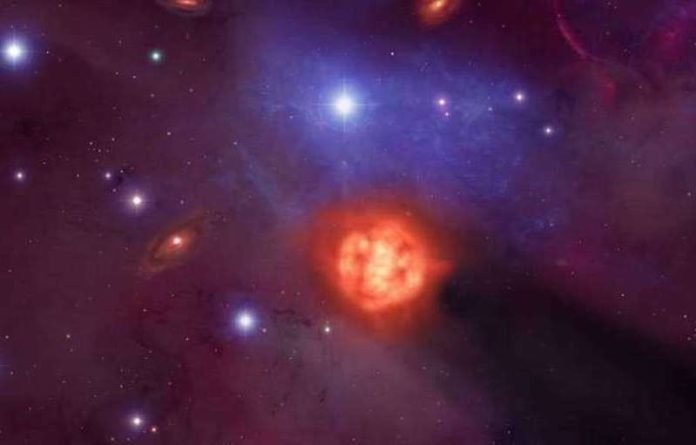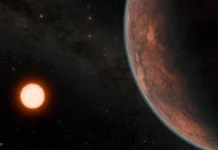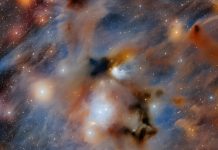
Old Star Wanders into Youthful Territory
In a surprising discovery, scientists from the University of Sheffield and Imperial College London have found an old, “retired” star wandering into a neighborhood where young stars are born.
This is unusual because old stars are not expected to visit these star-forming areas.
This observation was made using a satellite named Gaia. This satellite, part of a 740 million euro mission, is mapping the locations of billions of stars in our galaxy.
Pinpointing Wandering Stars
The latest data from Gaia allows the researchers to find wandering stars accurately. These stars are called interlopers. They didn’t originate in the area they are spotted but are just passing through.
The team has previously spotted young wandering stars. But this time, they found an older star, known as an asymptotic giant branch (AGB) star, moving through a young star-forming region.
A Link to Earth’s Formation
Retired AGB stars are important because they produce large amounts of specific chemical elements: Aluminum-26 and Iron-60.
These elements were present when our solar system was forming and played a crucial role in Earth’s early development.
These elements provided internal heating to the young Earth and may have helped set up plate tectonics, a process crucial for maintaining a livable atmosphere.
The researchers also calculated how much of these elements from the AGB star could have been captured by a star like our sun when it was forming its planets.
New Insights on Star Movements and Relationships
Dr. Richard Parker from the University of Sheffield, the study’s lead author, said that until now, scientists didn’t believe that these old stars could ever encounter young, planet-forming stars.
This discovery provides new insights into the movement, relationships, and journeys of stars.
Dr. Christina Schoettler from Imperial College London identified the AGB star in the Gaia data. She mentioned that Gaia is changing our understanding of how stars form and move within the galaxy.
The encounter of an old star with young, planet-forming stars exemplifies the unexpected findings that scientific research can yield.
The Journey Continues
The next step for the scientists is to look for more old stars wandering into young star-forming regions. This will help them understand how common these surprising meetings are.
The study was published in The Astrophysical Journal Letters.
Follow us on Twitter for more articles about this topic.
Source: University of Sheffield



